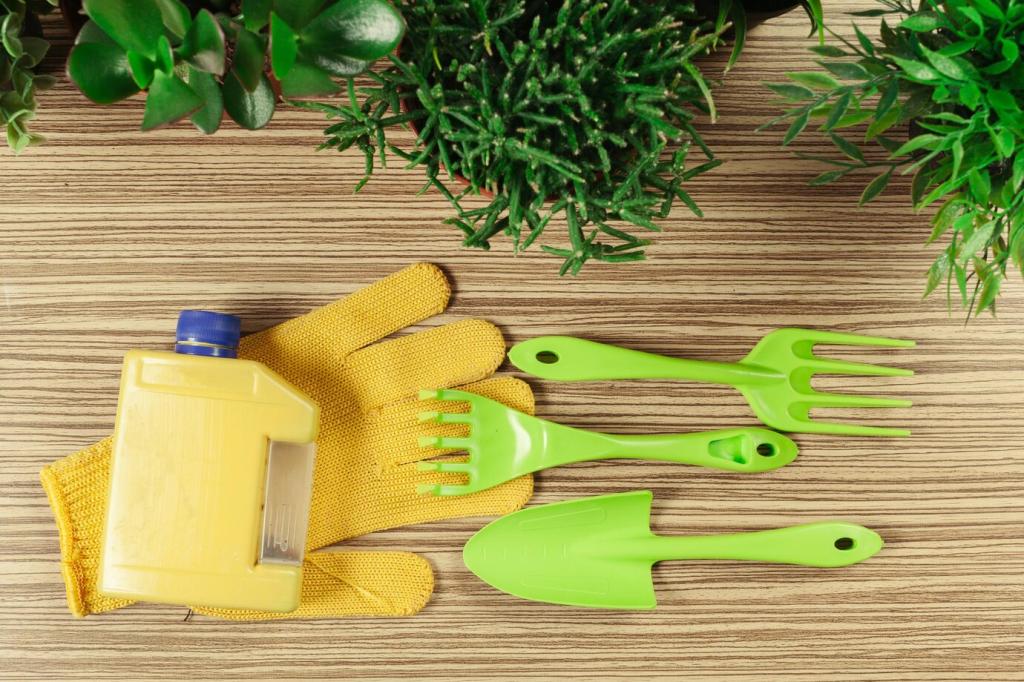Daily Habits That Preserve Clean Lines
Keep a clean microfiber cloth in a drawer or tray. Each evening, glide it over tabletops and shelf edges, front to back, then side to side. This two-direction pass lifts more dust and fingerprints while keeping finishes safe and maintenance pleasantly effortless.
Daily Habits That Preserve Clean Lines
Cork or ceramic coasters are tiny guardians of minimalist surfaces. Invite guests to place drinks down mindfully by keeping coasters visible, beautiful, and easy to reach. A simple habit prevents white water rings and keeps your table calm for years.











